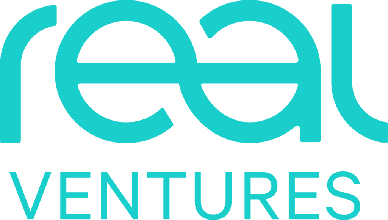Plan and iterate your best season yet, with the tools and insights swim coaches have trusted for over 10 years. Experience the difference.
Simple, yet powerful coaching tools to help you guide athlete improvement, using their own data, based on their unique goals.
Utilize 30+ data points to master skill execution and energy system adaptations. Now you'll know precisely what each swimmer is doing in the water and be empowered to adjust training on the fly, to maximize athlete potential.
Triton Scores allow you to quickly understand how well training is going day to day. They highlight how small incremental changes in load, skills, and intensity impact overall performance. Triton Scores break down into Readiness, Focus, and Intensity -actionable scores and feedback that help you get the most out of your athlete's training.
Use data-driven load feedback to motivate and guide athletes. Identify when athletes are over or under training and safely bring them back to the sweet spot. Small but informed iterations on the plan will help athletes be in peak condition for championship meets.
Quickly evaluate which skills need work, monitor improvement and skill acquisition throughout the season, and utilize automated similar-athlete comparisons to discover each athlete's fastest improvement path.
Now time-consuming test sets and expensive lactate testing can be replaced by Al-driven training zones derived from each athlete's automated Critical Swim Speed. Track each individual's energy output, distance, and rest. Know how hard they worked so you can push them further, or tweak sets, to hit the ideal target zones for intended training adaptations.
Identify athlete potential sooner. Enable your entire organization to become data-driven with nested teams. Each coach can focus on their group, while leadership gains an invaluable data-driven overview of the whole organization.
A simple repeatable process designed to quickly identify and address the areas that will deliver the fastest gain.
Reflect on how well athletes are training, and how their execution compares to the seasonal plan. Build on what's working; discard what didn’t.
Find the areas where a few tweaks can lead to even more success. Benchmark current status and set SMART goals to improve.
Test different techniques and sets to find the right mix, practice the ones that perform, then test under pressure to ensure the change is acquired.







